Of the Shepherd's purse is an inconspicuous herb and due to its small leaves it is hardly noticeable at the roadside. Shepherd's purse has amazing healing potential and is widespread across Europe.
Occurrence and cultivation of the shepherd's purse

If shepherd's purse is used as a medicinal plant, then the whole herb is always used, the collection time is from June to August. Since shepherd's purse loves nutrient-rich soils, it is particularly found in gardens or on the edges of fields. Other typical locations are embankments, roadsides, ditches, pastures or rubble heaps. The shepherd's purse is a plant that can grow both annual and perennial.
The rosette of the shepherd's purse, which grows near the ground, is similar in shape and appearance to that of the dandelion, but it is much more irregularly serrated. The stems of the plant can grow up to half a meter, and small, white flowers then develop at the top of the stems. These flowers eventually develop into heart-shaped, flat pouches that give the plant its name. These pods of the shepherd's purse can grow up to half a centimeter.
Effect & application
The shepherd's purse is a European medicinal and cultivated plant with a long tradition. Its medicinal effects have, however, been increasingly forgotten over the centuries. In so-called conventional medicine, the shepherd's purse therefore only plays a subordinate role today. Traditional folk and herbal medicine has rediscovered the shepherd's purse and its healing power for humans and animals.
Shepherd's purse has always been associated with a hemostatic effect, the main effect of the medicinal plant, which is why it also bears the name bloodroot. The hemostatic effect does not only refer to external injuries and lesions, where the crushed herb can be applied directly to the bleeding areas in the form of a paste.
Because in order to minimize the dreaded bleeding after giving birth, a tea preparation made from fresh or dried plant parts can be sipped after giving birth. The tea made from shepherd's purse is also successful in treating excessive menstrual bleeding and the tendency to cramp in the abdomen that usually goes along with it.
If the tea is drunk in good time before the onset of the menstrual period, the symptoms can usually be alleviated. In addition to this most important internal and external mode of hemostasis, shepherd's purse is also effective against a number of other health complaints and disorders. In addition to promoting digestive activity, a healing effect on skin eczema and a blood pressure regulating effect were observed.
People with high or low blood pressure can benefit equally from an application. Since shepherd's purse is completely non-toxic and well tolerated, the tea preparation is also suitable for long-term use. In addition to making tea, preferably from the freshly harvested herb, an alcoholic tincture can also be made, which is then available all year round. Those who suffer from nosebleeds can also sniff the cooled shepherd's purse tea.
Pharmacological analyzes were able to detect, among other things, acetylcholine, tyramine, brusic acid, essential oils, saponins, potassium and various tannins and bitter substances in shepherd's purse. It must be assumed that the interaction of all these and other ingredients is responsible for the medicinal properties of the shepherd's purse.
Importance for health, treatment & prevention
The main effect of hemostasis is achieved by what is known as astringent of the blood vessels. The fine blood vessels contract under the action of the shepherd's purse and the bleeding can usually be stopped quickly. Shepherd's purse should not be used during pregnancy because of the effects on the unborn child, which are still unknown. As soon as the birth process is over, however, you can start drinking tea.
Even if the internal hemostatic effect of shepherd's purse is significant, the tea may only be used during therapy and after consultation with a doctor. The preventive effect of shepherd's purse plays a role especially in gynecology to alleviate menstrual cramps. If you tend to have abdominal cramps or heavy menstrual bleeding, the tea can be drunk as a cure for several weeks. The constricting effect on blood vessels also benefits patients who suffer from hemorrhoids or varicose veins. In addition, shepherd's purse can be used against a tendency towards calcification of the blood vessels, arteriosclerosis.
In general, the shepherd's purse is ascribed a metabolism-boosting medicinal effect, which is one of the reasons why it is of great importance for health and prevention in traditional naturopathy. The anti-inflammatory effect of the shepherd's purse is not so well known, but still powerful and helpful. Therefore, good healing results can also be observed in the treatment of colds and respiratory infections.
The composition of the plant sap results in antibacterial, antiviral and antifungal effects. If you have a sore throat, it makes sense to gargle with the lukewarm tea brew. Because of its metabolism-boosting properties, shepherd's purse has also made a name for itself as a natural remedy for certain forms of rheumatism and obesity.
The tea infusion can also be used to support a diet. For reasons of taste, other tasty herbs, such as peppermint, chamomile or sage, can be added to the tea. If the tea gets into the stomach, the gastric mucous membrane contracts gently, which can support the digestive process as a whole.

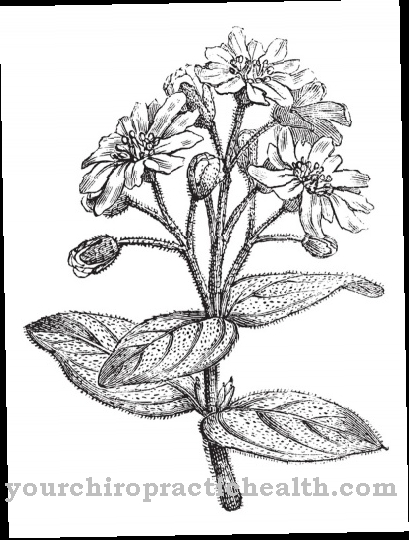
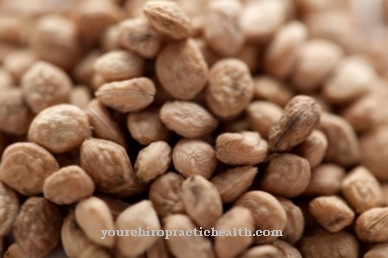
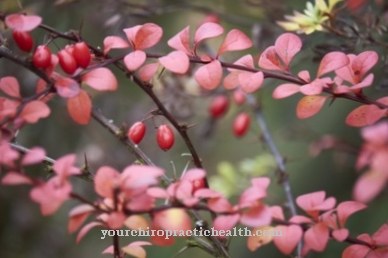
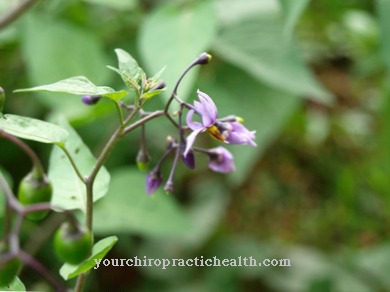
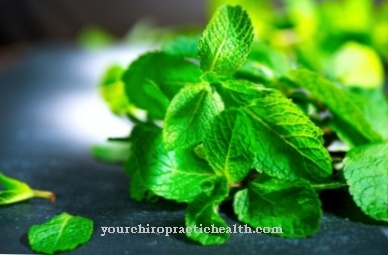
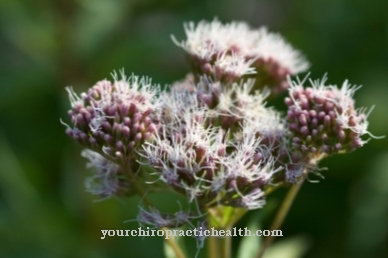


















.jpg)


